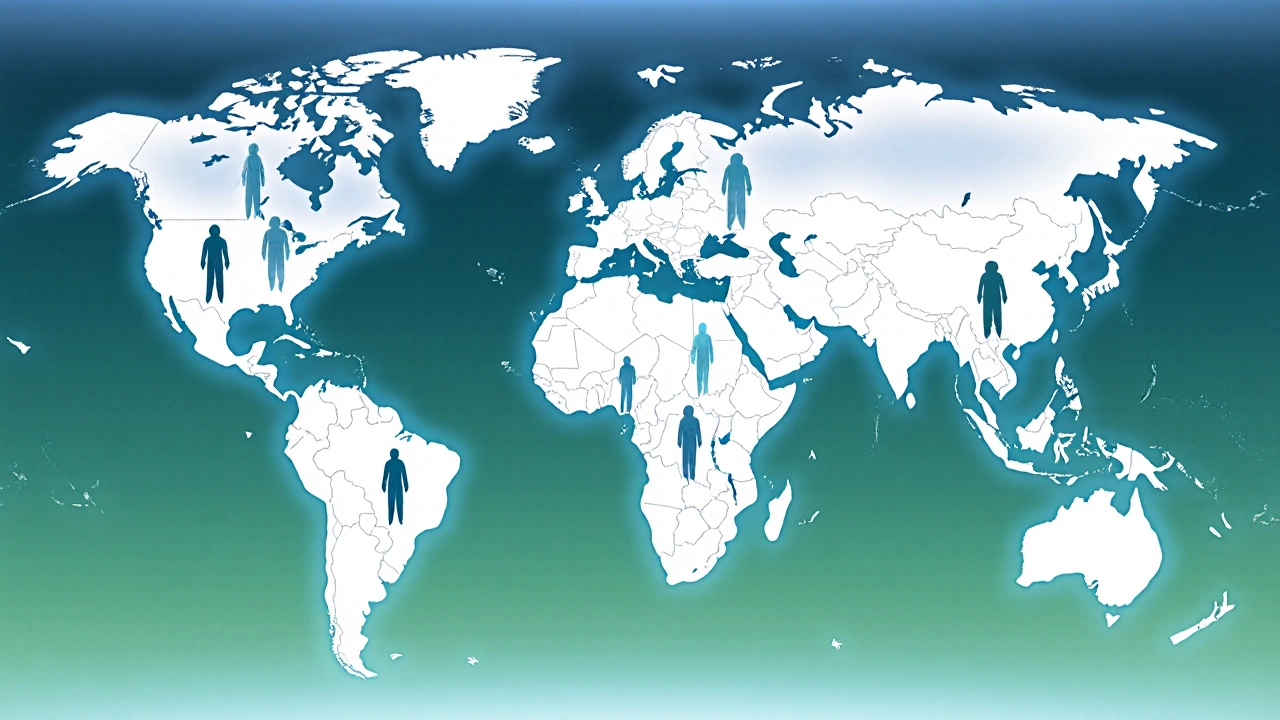Anxiety Disorder Symptoms: Spotting the Signs and Managing Them
When you start noticing anxiety disorder symptoms, the physical, emotional, and cognitive signals that indicate an anxiety condition. Also known as anxiety signs, they can show up as a racing heart, persistent worry, or trouble sleeping. Recognizing these clues early helps you take control before they spiral. anxiety disorder symptoms aren’t just a vague feeling; they’re a mix of body cues and thought patterns that signal your nervous system is on high alert.
Key Related Concepts You Should Know
Understanding anxiety disorder, a mental health condition characterized by excessive fear and worry gives context to the symptoms you experience. panic attack, a sudden surge of intense fear that peaks within minutes is a common flashpoint—think shortness of breath, chest tightness, and a feeling of losing control. Both anxiety disorder and panic attack often drive people toward therapy, structured professional help that teaches coping skills and reshapes thought patterns. Therapy can include cognitive‑behavioral techniques, mindfulness, or exposure exercises, each aimed at reducing the frequency and severity of symptoms. Together, these entities form a cycle: anxiety triggers symptoms, symptoms can lead to panic attacks, and therapy breaks the cycle by providing tools for relief.
So, how do you tell if what you’re feeling is just stress or a full‑blown anxiety disorder? Look for a pattern: symptoms that linger for weeks, interfere with work or relationships, and show up in multiple areas of life. Physical signs often include muscle tension, headaches, or digestive upset. Emotional cues involve constant dread, irritability, or a sense of impending doom. Cognitive signs are intrusive worries, difficulty concentrating, or over‑thinking everyday tasks. When these signs cluster together, they form a clear picture of an anxiety disorder, and seeking professional help becomes a smart next step.
Below you’ll find a carefully chosen set of articles that dive deeper into each of these topics. From spotting the earliest hints of anxiety to mastering coping strategies like therapy and lifestyle tweaks, the collection gives you actionable insight you can start using today. Explore the posts to learn how to differentiate normal stress from an anxiety disorder, discover practical steps to calm a panic attack, and find out which therapeutic approaches might work best for you.





